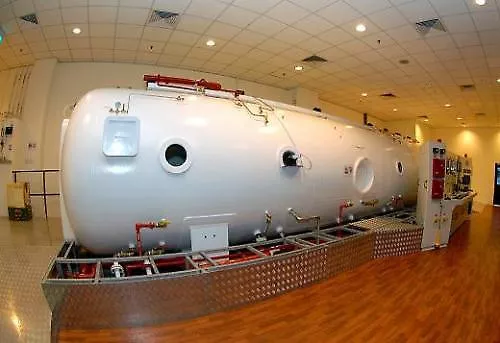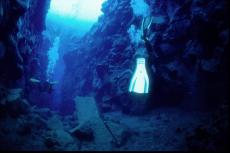Using ultrasound to improve diver safety
At a recent DEMA seminar, the exciting possibility of using ultrasound to increase diver safety was unveiled by Dr Neal Pollock, director for hyperbaric and environmental physiology at the Duke Medical Center in North Carolina. In trans-thoracic echocardiography, a portable monitoring unit can be used to check if the heart is pumping any nitrogen bubbles after a dive.
If the bubbles are on the right side of the heart, they will enter the lungs which can handle them. If the bubbles are on the left side of the heart, they would then go into the body and get lodged somewhere, causing the bends.
Accord to Dr Pollock, the future of ultrasonic monitoring can be found in dual-frequency ultrasound. In this technique, two transducers are used. One excites the bubbles and the other allows the user to identify when a bubble starts to vibrate.
As the system does not rely on doppler-shift-type ultrasound when monitoring bubbles moving through the bloodstream, it allows stationary bubbles to be measured.
"If you think about it, all of our data to date are based on bubbles in the bloodstream, we know nothing about bubbles in the extravascular tissues where in fact it may be more important. So, dual-frequency will allow us to look at extravascular bubbles," said Dr Pollock.
In addition, the frequency sweep potential lets users to gauge the size of the bubbles, thus allowing them to figure out the gas volume.

























